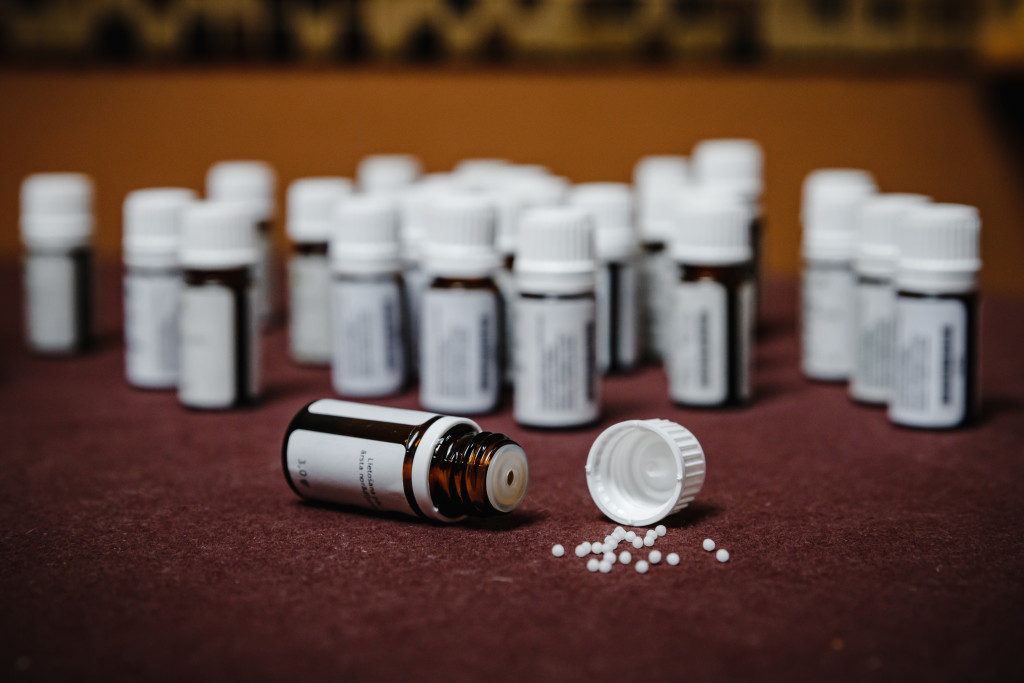Contrast agents may cause serious reactions: clinical cases
- 25/08/2022
Various forms of contrast media are used to improve medical imaging. For patients undergoing radiographic imaging like x-rays or computed tomography (CT) scans, contrast agents either iodine (ICM) or barium-based are used. For magnetic resonance imaging (MRI), most contrast agents are based on chelated gadolinium. The use of contrast agents has become common in recent clinical practice. Like all other pharmaceuticals, contrast agents may cause serious reactions. With the spread of contrast usage, concerns about the toxicities of the different agents have increased rapidly as well. Contrast toxicity occurs when the substances used as contrast agents cause harmful effects on organic tissues. The DrugCard platform helps to find clinical cases of contrast media adverse reactions during medical literature monitoring. In a new post, we will discuss two of these cases.
A rare case of transient encephalopathy as contrast media adverse reaction
A clinical case of nervous system complications was published in the journal «Art of Medicine» in a 45-year-old patient. The patient developed cerebral edema and reactive psychosis after coronary angiography and stenting. The patient was admitted to the cardiology department with angina symptoms. 20 minutes after the stenting and coronary angiography and with iohexol, the patient noted discomfort behind the sternum. The patient developed pronounced psychomotor agitation, disorientation, speech was disturbed, and a bilateral Babinsky reflex appeared. Therefore, the patient was suspected of having a stroke. But after computed tomography, this diagnosis was excluded. However, CT revealed cerebral edema and an arachnoid cyst due to previous meningitis.
Discussion of this clinical case
The authors concluded that the cause of an extremely rare complication in a patient could be the toxic effect of radiocontrast, which manifested itself so rapidly due to a compromised neurological history (arachnoid cyst). Another case published described a patient with transient encephalopathy and similar clinical picture developed after angiography. Indeed, contrast-induced encephalopathy (CIE) is a rare but reversible complication that appears after administering an iodinated contrast agent. It was first described in 1970 in a patient who presented cortical blindness following cardiac catheterisation. CIE can have clinical symptoms of a stroke and radiologically resemble a subarachnoid hemorrhage. Most patients recover completely within 48–72 h without any neurological impairment. At the present, the mechanism of CIE is not clear. The widely accepted mechanism suggests that the contrast media disrupts the blood-brain barrier and penetrates the interstitial space, leading to direct neuronal toxicity and brain edema.
Contrast-induced encephalopathy and pharmacovigilance
In 2021, the PRAC considered a causal relationship between ICM and contrast-induced encephalopathy to be at least a reasonable possible. The PRAC concluded that the product information of ICM products should be amended accordingly. For example, we provide data from the EMA website for iohexol and iopromide, which were found by the DrugCard platform.
Interesting case of autoimmune thyroiditis caused by contrast use
This case was published in the «International Journal of Endocrinology». A 49-year-old patient with hypertension and a history of diffuse toxic goiter underwent angioplasty and stenting of the coronary artery. The thyroid profile of the patient before the intervention was within the normal range. During the intervention, 300 ml of iodixanol was administered. After 2 days, the patient complained of tremors of the hands and the whole body, sweating, shortness of breath while lying down, palpitations, and emotional lability. Analysis of the thyroid profile showed a significant deviation from the norm. At the same time, the ultrasound showed signs of autoimmune thyroiditis. The patient was treated with thyreostatic drugs under the control of T3 and T4. A week later, the patient was discharged from the hospital under the supervision of an endocrinologist and a cardiologist.
Discussion of this clinical case
The use of a high volume of ICM can lead to the development of various complications. They manifest as allergic reactions, toxic effects on the kidneys, and thyroid dysfunction (TD). The TD develops more often in patients with a history of thyroid pathology and in residents of iodine-deficient regions. Therefore, this category of patients should be attributed to the risk group for a possible exacerbation and/or worsening of the course of thyroid disease. Consequently such patients should definitely control the morphofunctional state of the thyroid gland before the coronary angiographic examination. Currently, the prevalence and clinical significance of ICM-induced TD are incompletely characterized. It is generally accepted that ICM can cause TD because of supraphysiological concentrations of iodine in the contrast solution. While the normal thyroid gland can usually adapt to an excess iodine load, individuals with an underlying TD may develop hyperthyroidism or hypothyroidism.
Contrast media induced thyroid dysfunction and pharmacovigilance
In 2015 FDA first alerted the public about cases of underactive thyroid in infants receiving ICM. Several studies evaluating this risk have since been published. These studies were considered by FDA. As a result, in 2022, the U.S. FDA issued a drug safety communication recommending that infants and children up to three-year-old should undergo monitoring of thyroid function within three weeks of intravascular administration of ICM. The FDA approved a new warning to the prescribing information for the entire class of ICM injections and monitoring recommendations. The warning describes the risk of underactive thyroid or a temporary decrease in thyroid hormone levels. Also, we recommend reading 2021 European Thyroid Association Guidelines for the Management of Iodine-Based Contrast Media-Induced Thyroid Dysfunction. This document reviews current evidence and answers questions commonly asked in clinical practice concerning the potential risk, prevention, diagnosis, and management of ICM-induced TD.
Contrast media adverse reactions prevention
Several guidelines are offered to radiologists as a consensus of scientific evidence and clinical experience regarding using contrast agents. This is the US recommendations ACR Manual on Contrast Media issued by the American College of Radiology. As well as, ESUR Guidelines on Contrast Agents issued by the European Society of Urogenital Radiology. In recent years much attention has been paid to the issue of ICM extravasation. Therefore, leading European contrast media specialists have released new recommendations on how to manage and prevent this “underreported” problem. The 11-page document covers pathophysiology, diagnosis, risk factors, treatments, and protocols. With contrast media extravasation, contrast releases and infiltrates the interstitium during the injection. The risk of extravasation depends on scanning technique and patient risk factors; diagnosis is mostly clinical and outcomes are usually favourable. Thus, the joint efforts of clinical practice and pharmacovigilance activities increase the safety of ICM use.



